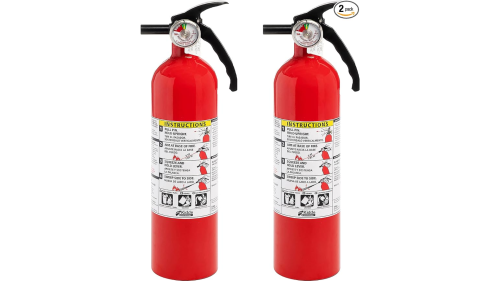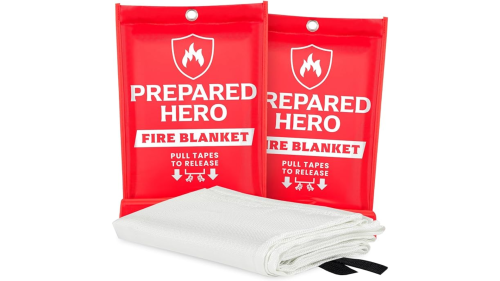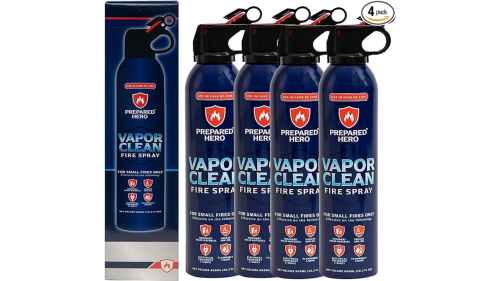Magnesium fires pose a formidable challenge, characterized by intense heat and volatile reactions. It’s essential for crews to be trained to tackle these hazardous incidents safely and effectively.
What is a magnesium fire?
A magnesium fire involves the ignition of magnesium metal, which burns at approximately 3,100 degrees C. Its white flame and its ability to burn in environments typically considered non-flammable, such as under carbon dioxide, sets magnesium fires apart from typical structural fires. Magnesium shavings can be used to start fires and are recognizably used in sparklers and fireworks because of the white light they emit when lit.
The hallmark of a magnesium fire is its intense white light and rapid oxidation. Recognizing these types of fires as magnesium-based early is paramount for choosing the correct approach and ensuring safety on scene.
How and why do magnesium fires occur?
Magnesium can ignite from a small spark or from reaching its auto-ignition temperature, often during processes like machining or metalworking where fine particles or shavings accumulate. The low ignition temperature of magnesium relative to its melting point allows it to burn in solid form, presenting unique challenges in industrial and emergency scenarios.
How do you put out a magnesium fire?
Traditional extinguishment methods of water or foam cause explosions if applied to magnesium fires. A Class D fire extinguisher can used, as well as sand or allowing the flames to burn out over time.
Major magnesium fire incidents in the U.S
Particularly when large quantities of the metal ignite, the incident response requirements may be significant.
- December 2003: Garfield Heights explosion. White flames burned for 24 hours when magnesium stored at a metal recycling facility in Ohio caught fire, causing explosions that could reportedly be seen for miles. Crews on scene allowed the fire to burn out. Firefighters limited the spread by using foam on smaller sections and applying water to neighboring buildings and railroad tracks.
- May 2018: Ohio factory fire. An explosion set off a magnesium fire that was reportedly the largest fire in the town’s history.
Video: Expert training
Chief Wylie looks at two videos where magnesium catches fire and advises us on the importance of pre-incident planning and when and how to fight these fires.
Train and prepare
Magnesium is used in everything from kitchen appliances to vehicle parts and fertilizer. Factories and plants that produce these goods will likely have large quantities of the metal on hand. If this potential exists in your response area, be aware of your department’s standard operating procedures. If you’re not familiar with these SOPs, ask questions and get informed.




















